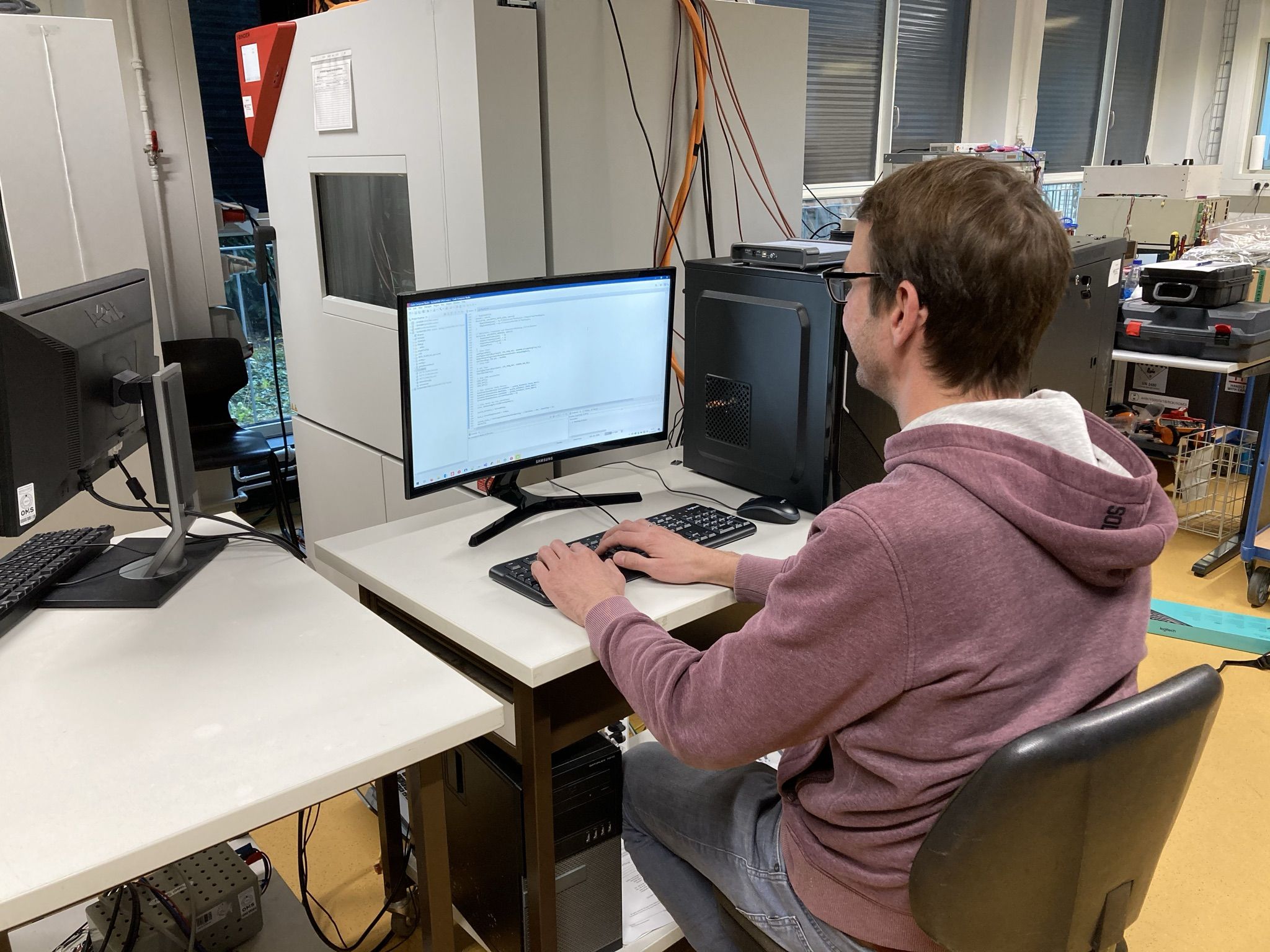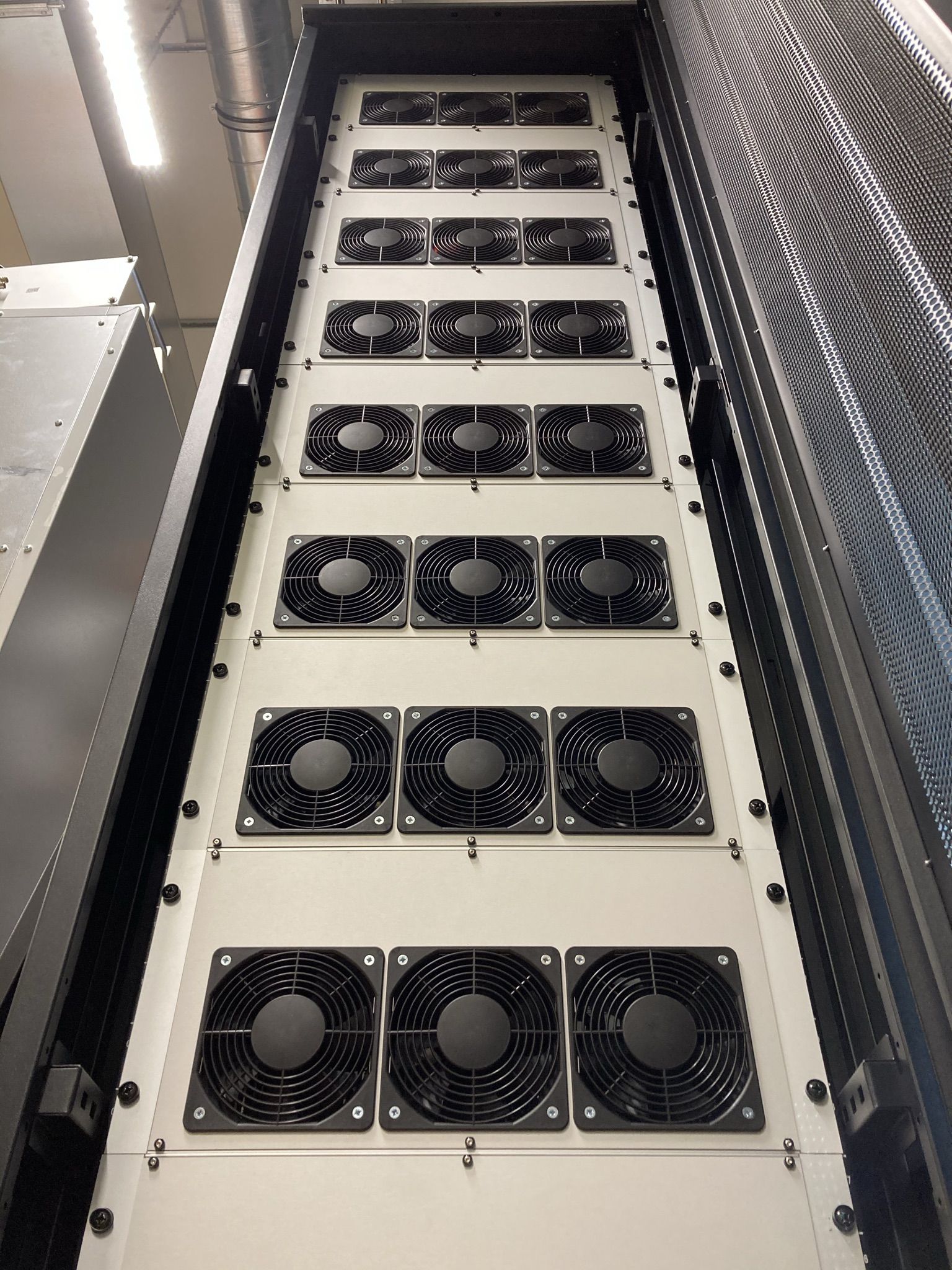![BMBF_CMYK_Gef_M [Konvertiert]](https://www.solfas.com/wp-content/uploads/2020/10/BMBF_gefoerdert_2017_en.jpg)
Batteries set the pace for electromobility
Innovations in power electronics will further increase the efficiency of the drive system of electric vehicles and thus their range. The battery is the key component of an electric car and its limits determines the range. Current electric cars are based on lithium-ion technology. The characterization of a lithium-ion battery cell with regard to its voltage, current and temperature limits as well as system design, modeling, simulation, cell diagnosis and cell monitoring are of crucial importance to increase the range and lifetime of electric vehicles. The service life, safety, costs and performance of lithium-ion batteries are therefore the focus of research in electromobility.
The SiCWell Project: The influence of silicon carbide inverters on the lifetime of traction batteries
Solfas Technologie GmbH, Mercedes Benz AG and the Technical University Berlin are working together as project partners in this research project, funded by the german Federal Ministry of Education and Research with 2.03 Mill. Euro.
The influences of the high switching frequencies typical for SiC power electronics systems on the battery, the drive and the on-board network of electric vehicles can be of great importance for system performance, although largely unexplored. In the SiCWell project which has been started in September 2018 until at least August 2021 the effects of fast switching SiC power semiconductors on the lifetime of vehicle batteries will be investigated. This will be done in ageing tests on lithium-ion cells in the laboratory, whereby various operating parameters of the power electronics will be varied in a targeted manner. Based on the results of the aging tests, a simulation model will be developed that variably represents the influences of the SiC power semiconductors on the battery system and makes it possible to predict interactions.


Solfas Technologie GmbH provides stackable battery cell testers for the DC, AC and ripple testing purposes.
The battery cell testers, developed by Solfas, are able to generate complex cycle tests. They can activate the source/sink on three cells simultaneously. In addition, the source/sink can be switched automatically (even remotely) to individual cells in order to characterize them at regular intervals (i.e. to determine the parameters of the individual cells) and thus to be able to follow the course of the cell parameters over aging. Thus, a completely automated execution of long-term cycling including regular characterization of the cells is possible.
Another essential feature is that they use AC superimpositions as sine wave or with a ripple of up to 50kHz during charge and discharge cycles. “In order to simulate reaslistic battery loads and examine the influence of vehicle-on-board networks on the aging behavior of a battery cell it is important to have the possibility to generate self-designed AC superimpositions as an essential part of the simulation process.”, says Erik Goldammer, project member of SiCWell at TUB and responsible for the aging tests.
Official information on this project of the Federal Ministry of Education & Research can be found on the following website: https://www.elektronikforschung.de/projekte/sicwell
![BMBF_CMYK_Gef_M [Konvertiert]](https://www.solfas.com/wp-content/uploads/2020/10/BMBF_gefoerdert_2017_en.jpg)


